The Peugeot 408 is a coupe-styled car that catches your eye instantly, writes Tim Barnes-Clay.
This shape is becoming increasingly popular, with the likes of the BMW X6 and Citroen C5 X offering just a couple of alternatives. In fact, the 408 shares much of its architecture with the latter.
It is a striking design, with the 408 featuring jagged lines and razor-thin lights. The Peugeot also boasts a grille with a pattern that tapers towards the bottom, leaving you dizzy if you stare at it for long enough.
The vehicle is almost unrecognisable as a Peugeot. The rear looks more like something you’d find at the Dakar rally than on the backstreets of your typical British town.
There are different trims on offer, with the entry-level Allure featuring 17-inch alloys, electric door mirrors, and a 10-inch infotainment touchscreen with SatNav, Apple CarPlay, and Android Auto. It also enjoys rear parking sensors, a reversing camera and lumbar adjustment.
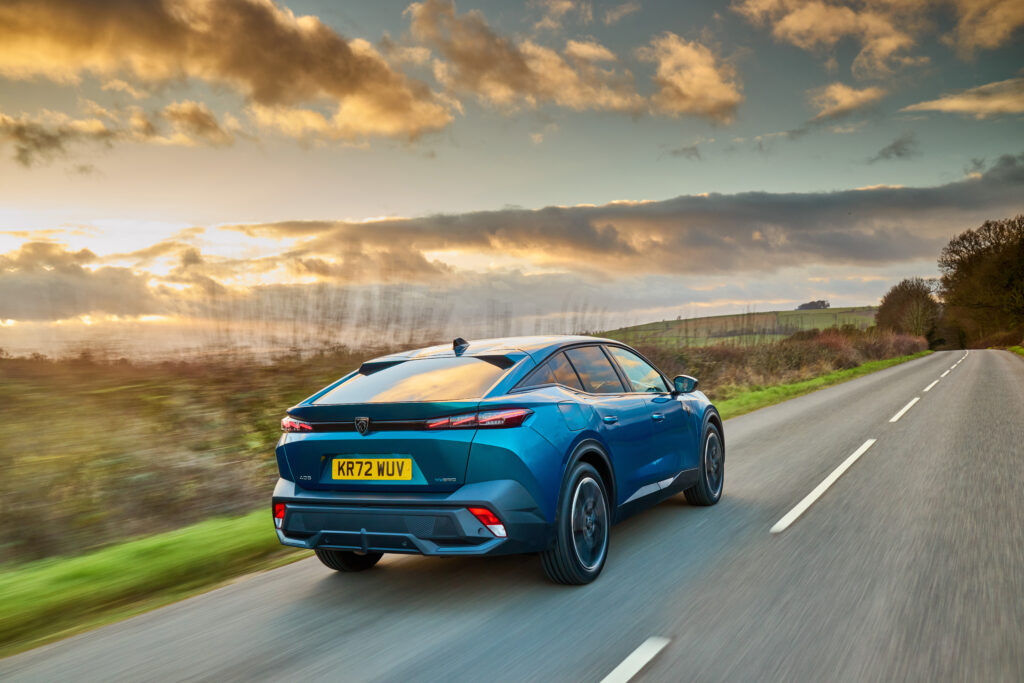
Most buyers will likely opt for the mid-range Allure Premium. This grade adds various safety features and ups the alloys to 19 inches. But the GT trim, tested here, includes cabin air quality technology, a heated steering wheel, a powered tailgate and Alcantara upholstery.
Varying powertrains are obtainable, too. First, the non-hybrid 131PS ‘PureTech 130’ offers a 1.2-litre petrol unit. Then there are two plug-in hybrids: the Hybrid 180 and the Hybrid 225. Both house a 1.6-litre four-cylinder petrol engine with an electric motor attached.
Those seeking thrills on the road might be slightly disappointed, though. While the 408’s cousin, the Citroen C5 X, is built wholly around comfort, the new Peugeot is hardly at the other end of the spectrum.
Yes, it’s more driver-focused, but it’s not a serious contender for the best-handling car of the year, despite its prominent, aggressive, sporty looks.
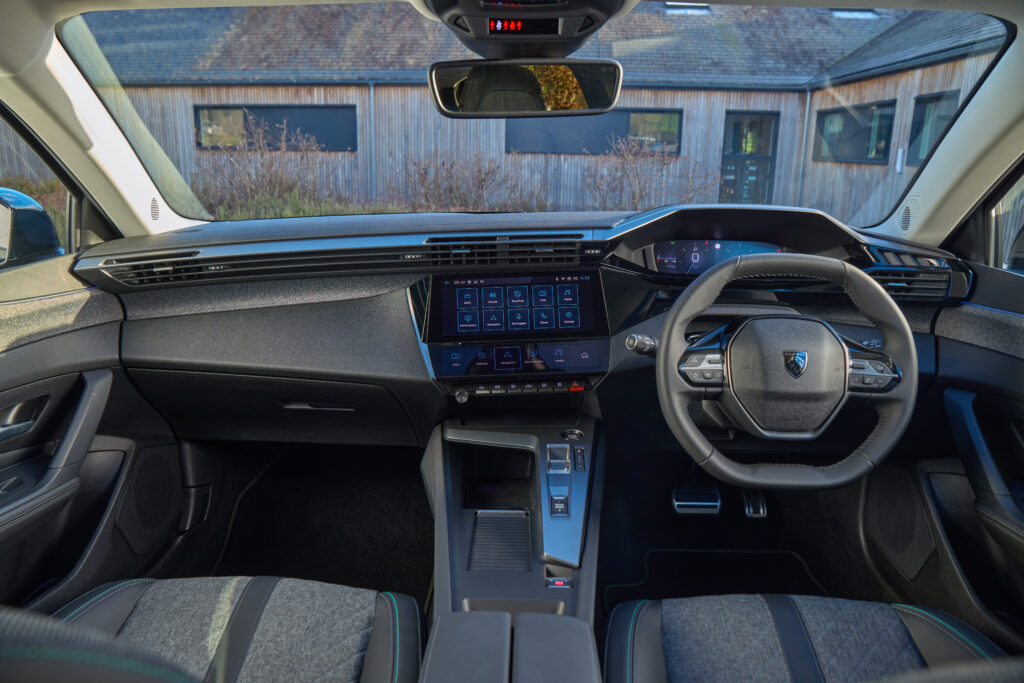
While the steering is reasonably direct, there isn’t much feedback. And while there’s plenty of grip, you don’t need to go that quickly to find its limits around bends.
This is still a car based around contentment over exhilaration, which means there is little point in having the flagship Hybrid 225 version of the 408.
Indeed, when you compare the specs with the Hybrid 180, the lower-powered car is barely any slower from 0-62mph and has virtually identical economy figures.
The 225 gets up to 62mph in 7.8 seconds from a standing start, which is fine, but it’s best described as reasonably capable rather than exceeding expectations.
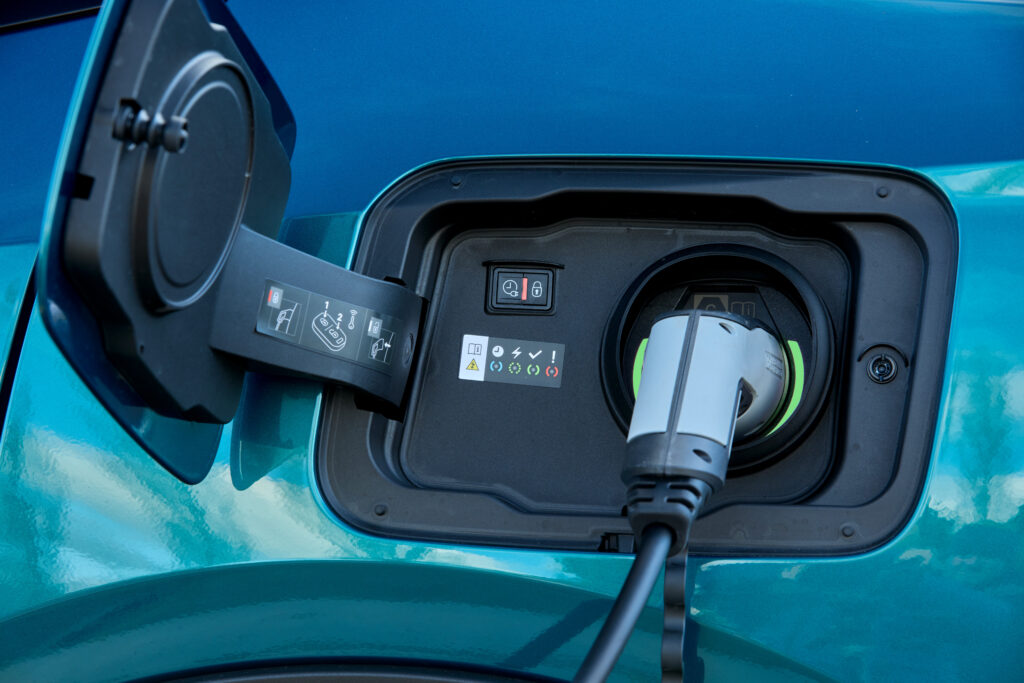
All the more reason to consider the Hybrid 180, which gets up to 62mph in 8.1 seconds, managing 270mpg to the Hybrid 225’s 269mpg, while both share identical CO2 emissions figures at 26g/km.
All-electric range is identical, too, at 40 miles (although expect less than this in practice). Both have 12.4kWh batteries that can charge up in about three-and-a-half hours with the standard onboard charger. However, an upgrade will let you charge the 408 at 7.4kW from a home wall box, meaning you’ll get a 0-100% charge in under two hours.
While the PureTech 130 petrol non-hybrid can’t compete with that, it still manages a respectable 48.1mpg and 136g/km of CO2. But, of course, you’ll save on the significant premium the hybrids attract. Therefore, low-mileage drivers may be better off with this.
Inside, the 408 is lovely to sit in. You will find a tasteful cabin with a chiselled design and a shapely steering wheel, which complements the exterior nicely. Mind you, adjusting the cabin temperature on the move is a faff as the controls are in the infotainment screen, but it’s by no means a deal-breaker.
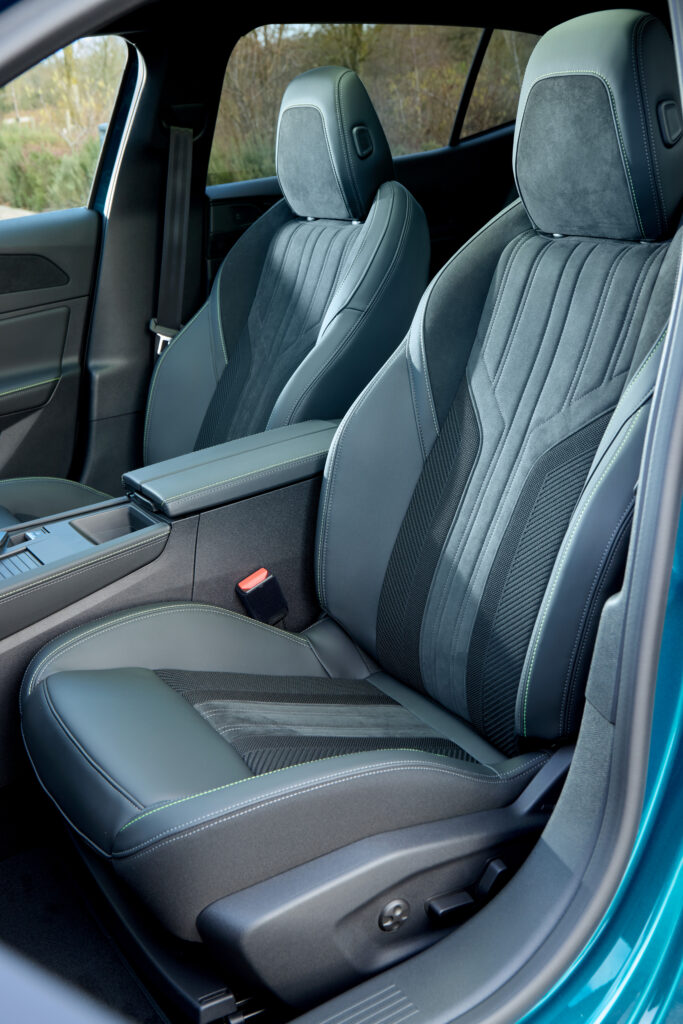
There are plenty of places to store phone chargers, drinks bottles, and the like, thanks to reasonably sized door bins and several cubbies in the cabin.
The seats are comfy, too, helped by the adjustable lumbar support, and there’s plenty of room in the front. Meanwhile, the driving position is a touch higher up than you’d find in your average Peugeot saloon or hatchback.
The back has civilised legroom but is short on headroom due to the coupe-styled sloping roofline. As a result, taller rear passengers may struggle to fit, especially if you choose the optional panoramic sunroof.
Boot space measures 536 litres with the non-hybrid, but the loss of most of the underfloor storage in the two hybrid models reduces the figure to 471 litres. However, if you fold the rear seats down, the capacity expands to 1,611 litres (1,545 litres in the hybrids). Unfortunately, they only fold down in a 60/40 divide rather than the more versatile 40/20/40 arrangement. What’s more, the rear seats don’t slide or recline.
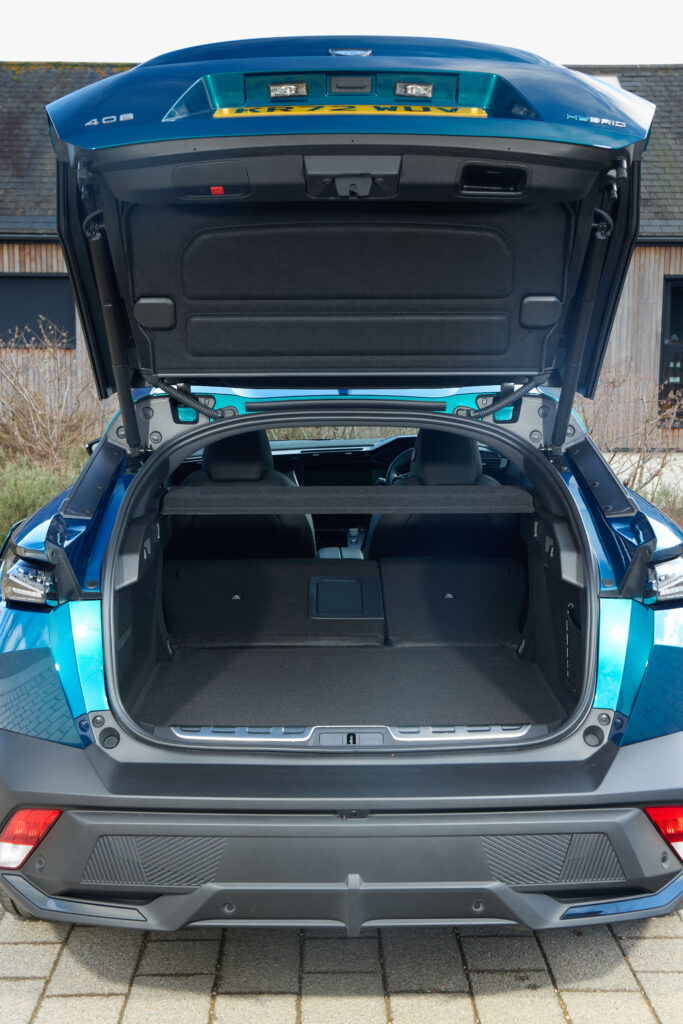
The Peugeot 408 is a decent contender, as long as your priorities aren’t geared around sporty handling. The hybrids are significantly more expensive, though, so we question the point of spending more on extra power when the handling isn’t there to match the increase in performance.
In particular, there’s barely any performance gain by having the Hybrid 225 over the Hybrid 180, so we’d certainly go with the 180 if the petrol was ruled out.
Once you factor in the extra cash for the hybrid, only long-distance drivers will likely benefit from the cost savings due to its far superior fuel economy figures. However, company car users stand to benefit from the lower Benefit in Kind tax.
Powertrain dilemmas and handling aside, though, the Peugeot 408 is a superbly attractive, well-equipped machine that’s practical and roomy – unless you’re tall and sat in the back.
Fast Facts – Peugeot 408 [GT Hybrid 225] as tested:
- Max speed: 145 mph
- 0-62 mph: 7.8 secs
- Fuel economy: 269 mpg
- Engine layout: 1.6-litre four-cylinder petrol with an electric motor
- Max. power (PS): 225
- CO2: 26g/km
- Price: £44,700


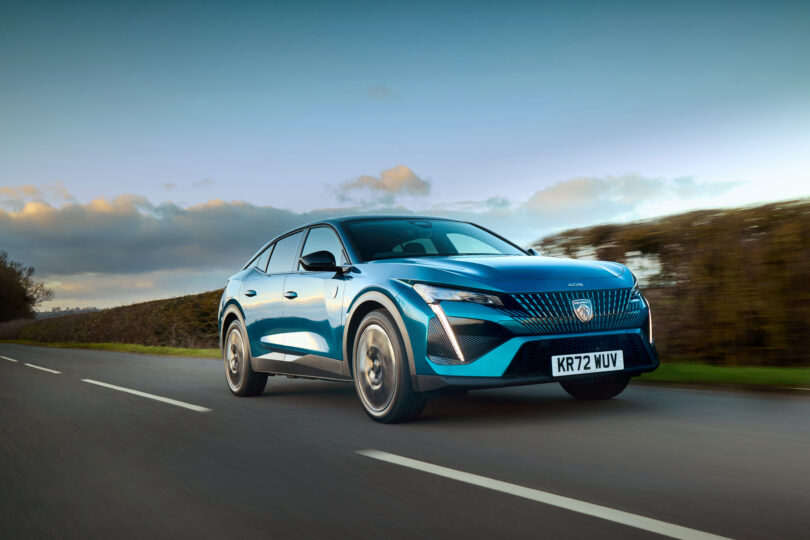
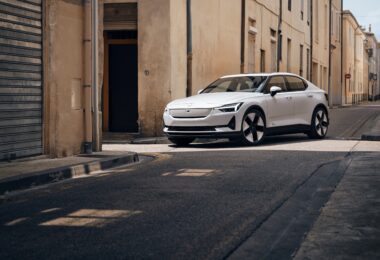

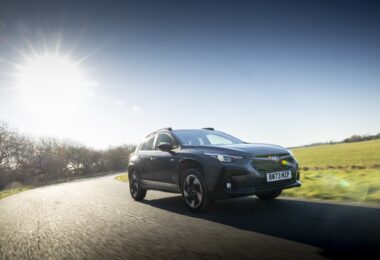

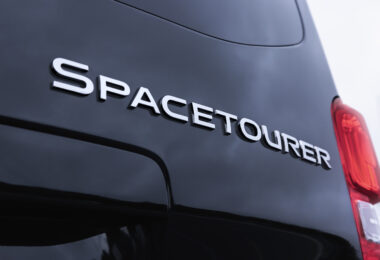
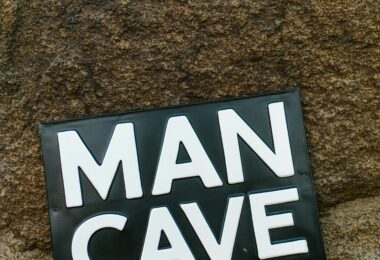
Leave a Comment
You must be logged in to post a comment.